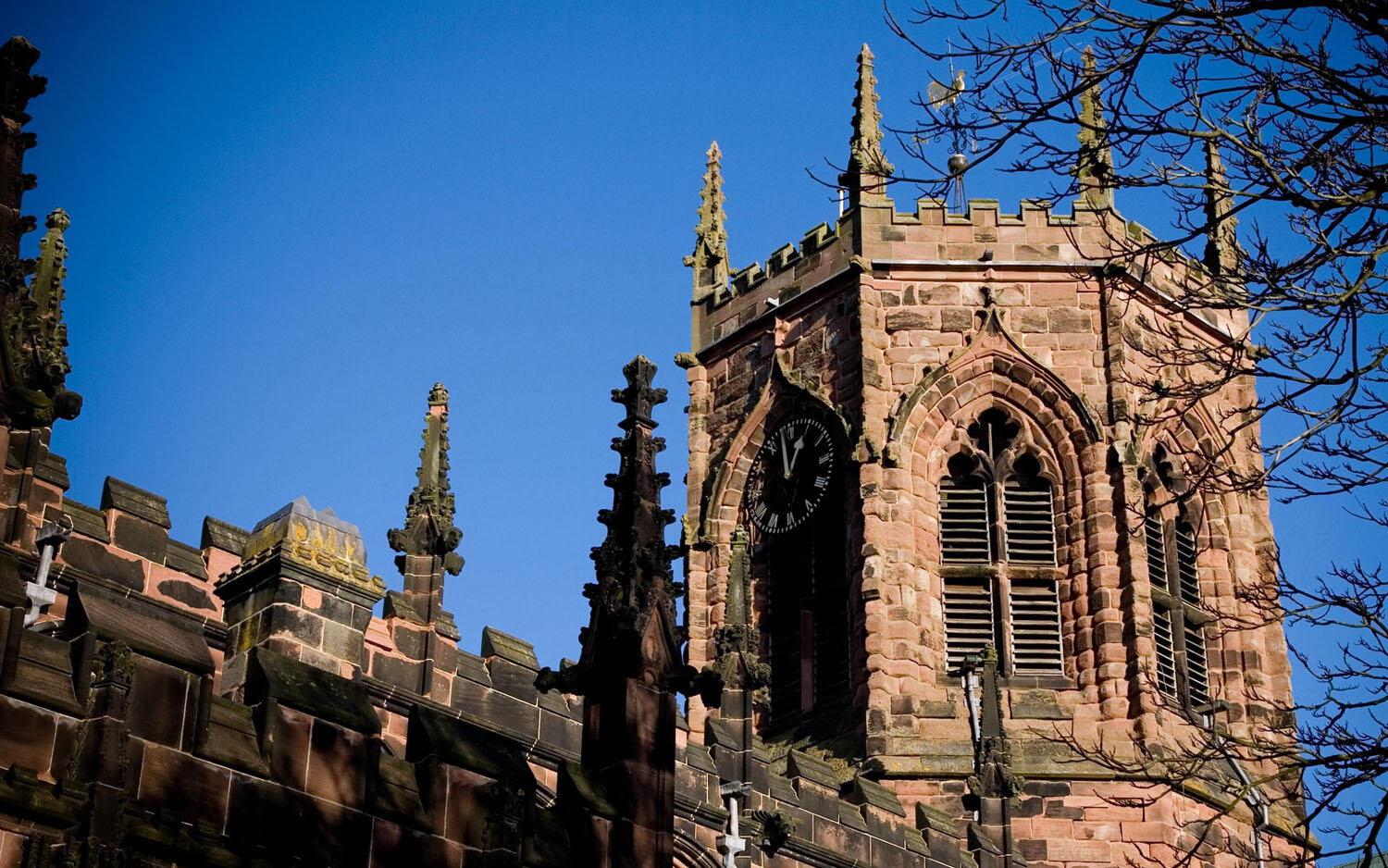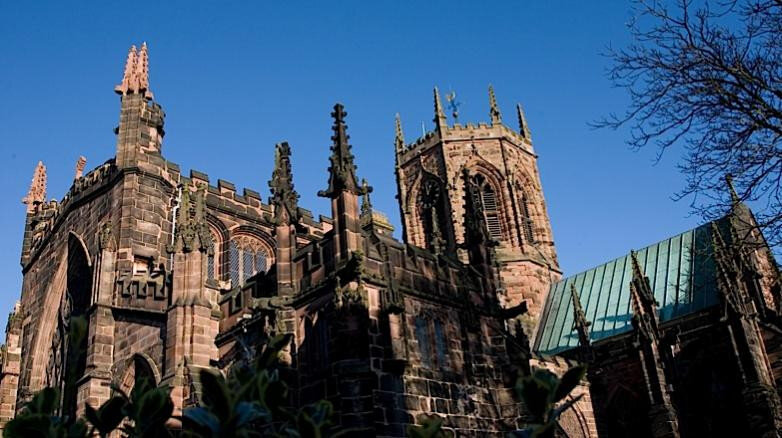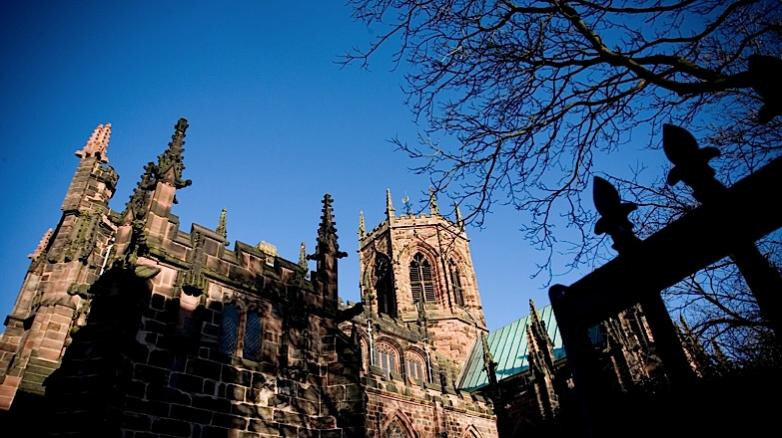External Façade Work and Pinnacle Replacement





St Mary’s Nantwich
St Mary’s Church, Nantwich is widely acknowledged to be one of the finest medieval churches in England. It’s certainly one of the great architectural treasures of Cheshire attracting some 50,000 visitors a year.
The church is cruciform in shape with a large octagonal tower built in red sandstone. The church boasts a rare 14th Century stone pulpit and chancel with “lierne” vaulting, intricately carved stone crocketed gables, and highly decorative buttresses and pinnacles.
The 9-month project included external façade work to the west elevation, including the replacement of crocketed pinnacles, and south clerestory Maysand also completed cleaning of the façade using low –medium pressured water to remove superficial dirt, taking extra care not to damage the soft carvings, and fit matching stainless tell.
The other element of the project involved internal work. This included fitting disabled access to the south porch and electrically operated glass doors, as well disabled lift access and restoration to the south porch’s historic geometric clay tiles floor tiles.
Successful restoration projects often require a partnership approach between the architect and the craftsmen. Maysand’s work on the Grade I listed St Mary’s Church in Nantwich is lasting memorial to that alliance. Tragically, the church architect Anthony Blacklay died during the course of the project, but even when he was seriously ill he ensured the job was handed over safely. His wishes were carried out and the result is a lasting tribute to all involved.
“All the masonry work had to match the existing Mottled Hollington sandstone and pointing was made with a compatible lime mortar mix, as a result of a mortar analysis test. Repointing was also completed using hand held non-mechanical masonry tools,” says Mick Fowles Maysand’s Masonry Surveyor.
“Because St Mary’s is such a landmark it was clearly a very prestigious and interesting project for Maysand. But what makes this particular job unique was the fact that the thinking behind how the stone would be repaired had to be worked out on the scaffold. It was a fascinating tribute to the architect Anthony Blacklay.”
